Today we are celebrating the work of Ploy Bunluesilp, one of our recent graduates from Digital Media and Interaction Design. For one of her year 4 project’s Ploy created a virtual reality project to help refugees settle in the UK. She has written the article below to explain a little more about the project and how she is continuing to develop it after graduation.
“I wish I had this VR to help me when I first arrived in UK,” said one of the refugee users after trying the VR project that designed to help refugees and asylum seekers to settle in their new country by using virtual reality (VR).
The project was designed for the Visual Effects Storytelling module that using virtual reality, Unreal Engine (UE) and photogrammetry to see the potential of the technology on how it could help to create realistic world, storytelling and educate the users in enjoyable way.

Figure 1: The picture frame was created by photogrammetry.
The users can interact and listen to a story that introduces the characters and teaches the user how to register at a GP surgery and learn all the necessary information that will help them to prepare to start a new life in the UK.
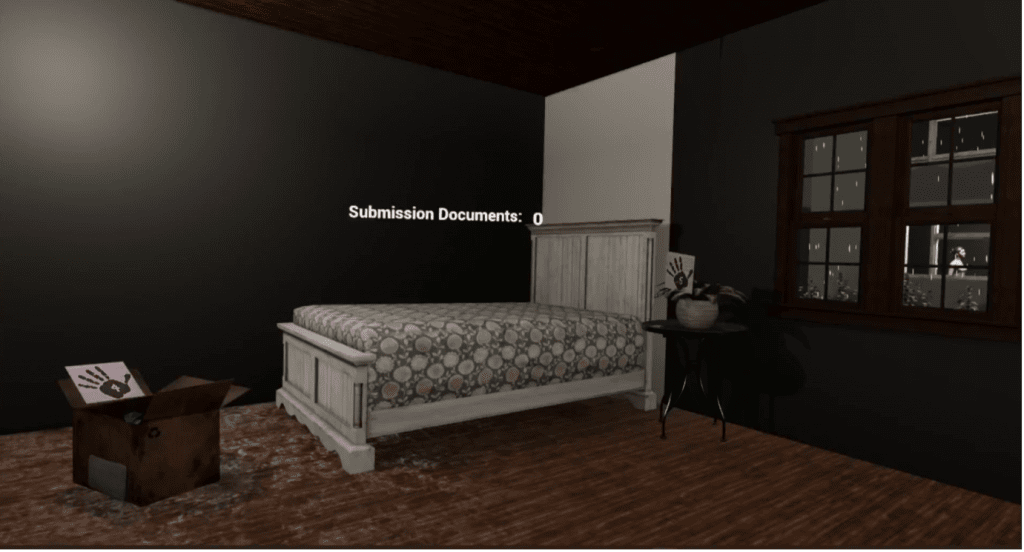
Figure 2: The user has to follow the numerical order of handprints to hear the story.
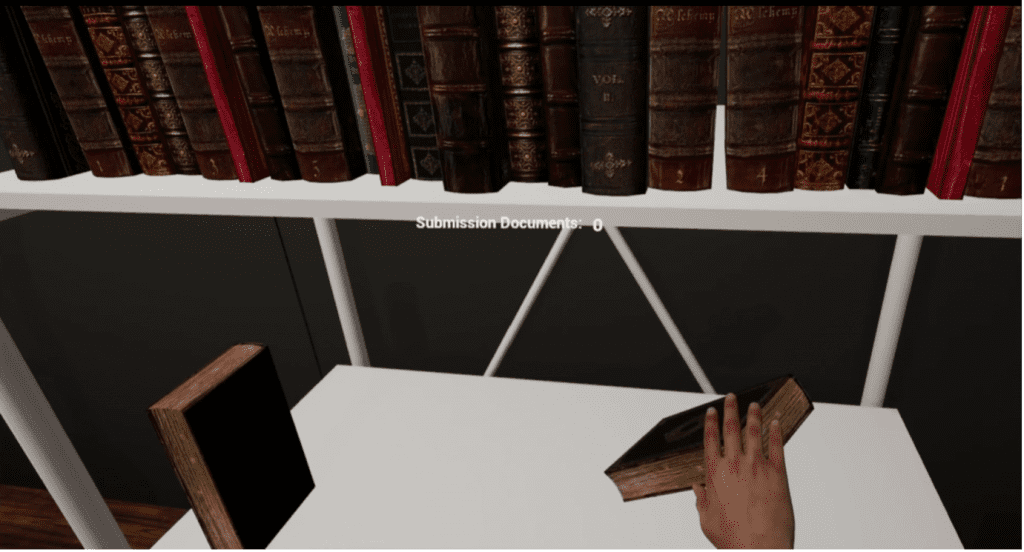
Figure 3: User is putting the book away.
In this project, the users play part of Amal who was a refugee that just arrived in the country and was put in the temporary council flat where she felt lonely and had no friends. Then her new magical friend Hope appeared to guide her through how to integrate with the new culture and what she needed to do to launch her new life.

Figure 4: When Hope appeared, the room went from being grey to being brighter.
The project was formulated based on interviews with few refugees from Syria, Iraq and Thailand as well as secondary research which applied the technique from the Design Thinking module to understand the journey of refuges and their problems.
After understanding their problems, the first prototype was designed using the narrative of own innovative story based on the primary and secondary research.
The users had to follow the numbered handprints and instructions from the voice over to navigate the space and to learn the story of Amal with the help of Hope to connect with the world. When Hope appeared to the room, the room was turned from dull to brighter room. The users had to pick up all the necessary document and register them at the GP. The goal is to give them hope and reassurance and enable them to navigate their new life.
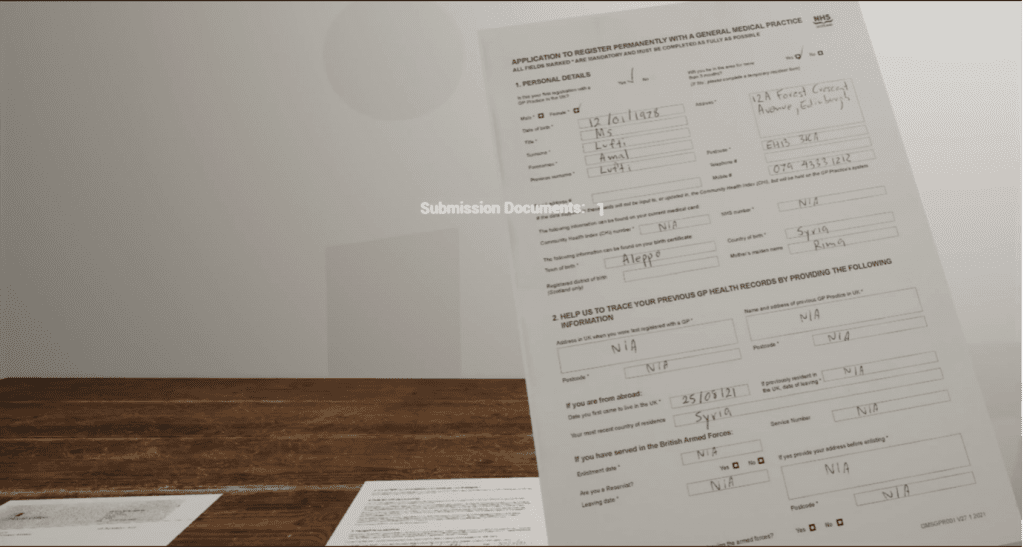
Figure 5: User picked up the document that needed to submit to GP.
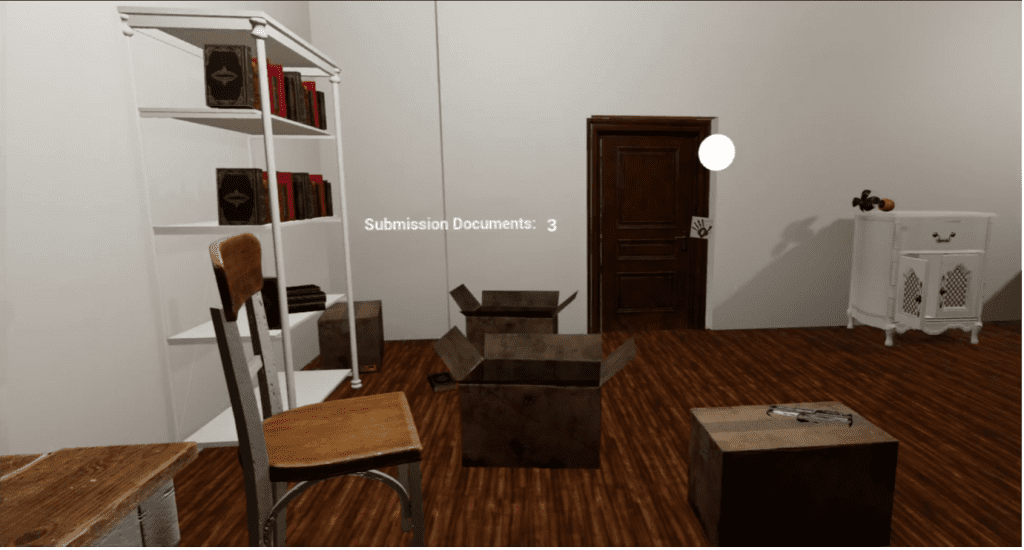
Figure 6: Interior of the room
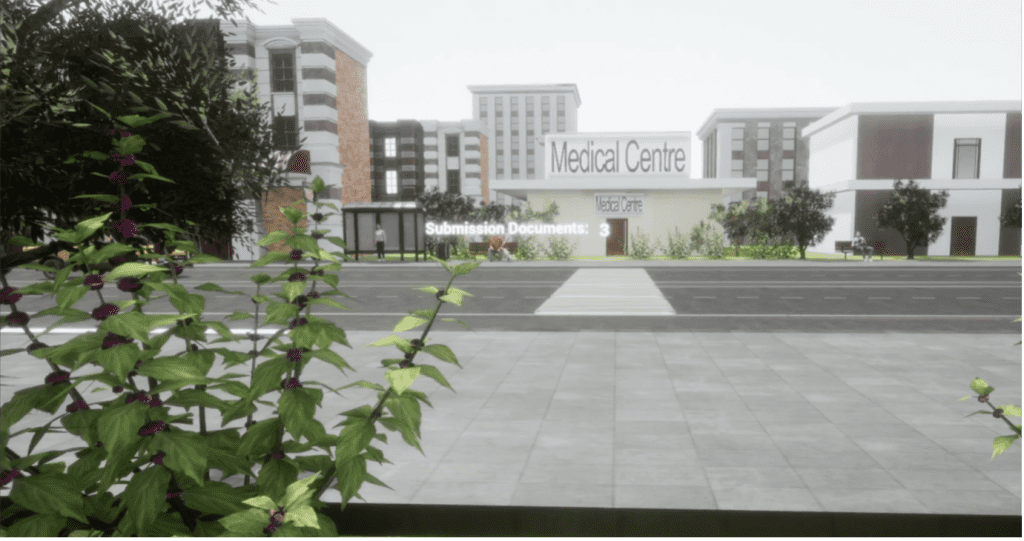
Figure 7: Exterior of the Medical Centre

Figure 8: The user was using teleportation mechanism to travel the world
The first prototype was tested by the users and received well feedback that could see the potential that it would help the refugees and asylum seekers to feel more confidence. This VR education training allowed them to learn by doing, make mistake and gave them more chances to learn what the right way to do it.
“There is always stress when you forget something… But a great aspect is to have this safe space to explore and get more comfortable with the situation you’ll have to go through in real life,” said another refugee user.
After the first prototype has been tested, the second version was created to improve on different aspects to make the project looks and feel more immersive.
In the future, more episodes would be created to help the refugees to be familiar with different scenarios.
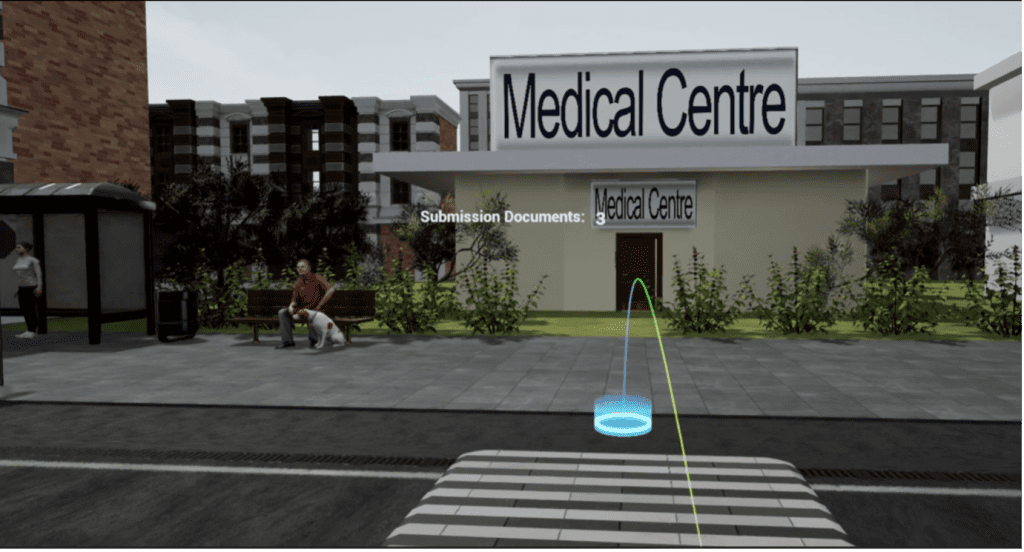
Figure 9: The computer screen showing different scenario that plan to create in the future.
On November 22, 2022, the project was shown at the Wealth of Nations Conference in Glasgow where businesses, community organisations and civic society in Scotland are supporting a Wellbeing Economy. Some of the Refugee charities that attended the conference have been showing their interests on the project and would like it to be used to the refugees that just registered with them. The project will be continued developing as it has potential to make the world a better place.
Many thanks to Ploy for sharing her project . The Visual Effects Storytelling Module is run by John Morrison and Dr. John McGowan.
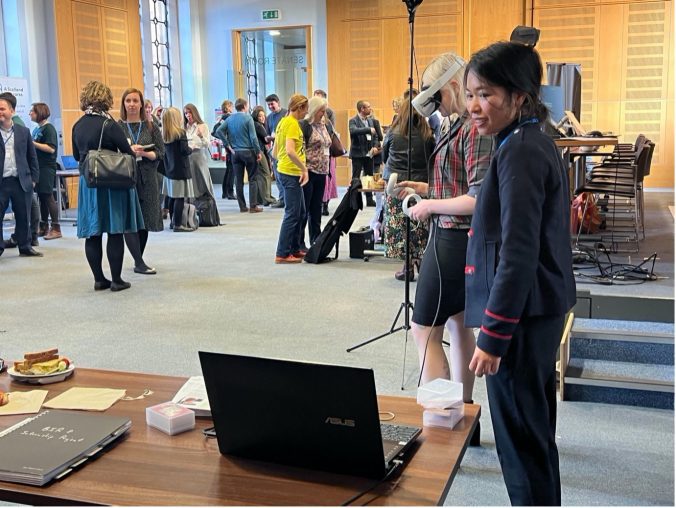
Recent Comments